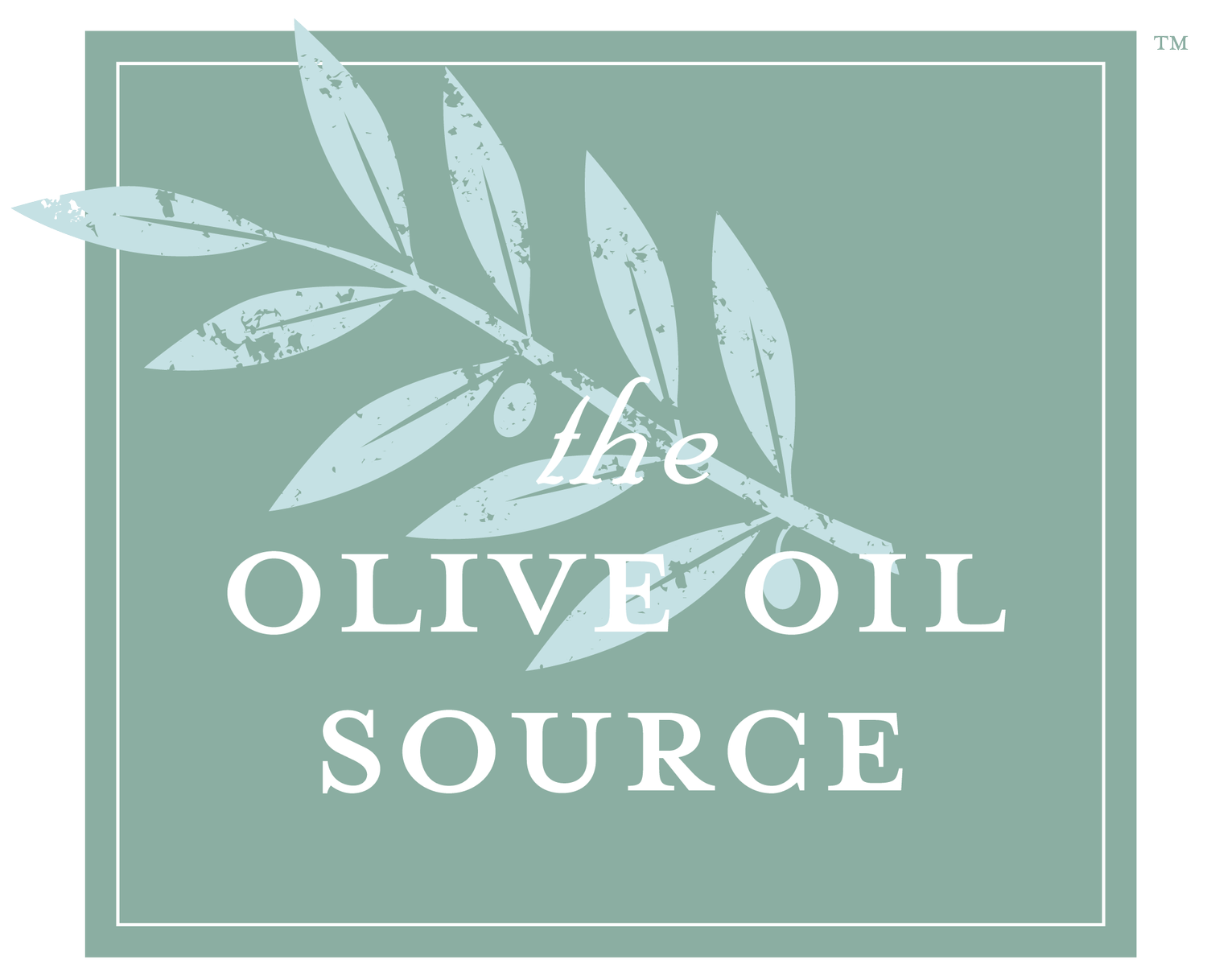The Roots of The Olive Oil Source and French Varietals
John and Lisa Deane started The Olive Oil Source as a primarily informational site about olive oil and the olive oil industry. Today, many producers of olive oil in the U.S., my wife and I included, learned much of what they know about the industry by reading the immense amount of information the Deans posted. The site still has much of the information they posted, a lot of it updated and reorganized, and we still spend a substantial amount of time every day answering questions sent to us. This one just came in and I thought it was interesting. I was assigned to answering it.
We were asked why is it so hard to find oil from French varietals grown in the U.S.? My first reaction was that olive farming here was dominated by the canning industry for decades. That industry leaned towards varieties like Mission, Ascolano, Sevillano, and Manzanillo because they are large fruit and therefore ideal for table olives. When the oil industry started to pick up again in the 90's, people had to import tree stock and start new orchards or use the canning varietal fruit. Initially, the imported trees were predominantly the Italian varietals Frantoio, Leccino, Pendolino, and Maurino due to Americans’ association of olive oil with Italy and to the high oil yield of these varieties. Then with the advent of SHD production, Arbequina, Arbosano, and Koroneiki became the top varietals as those are the only ones cloned to grow in hedge rows. People did bring in other varietals but it was typically small time importation and propagation so they just didn't get established as quickly or as widely.
I wanted to check the veracity of this so I contacted Bruce Golino at Santa Cruz Olive Tree Nursery as his operation is one of the oldest growers of orchard stock for oil production. Bruce said that initially they did bring in some French varietals but they just did not generate the interest that the Italian varietals did. Currently there is reasonable production of French varietal oil in the Joshua Tree area (in fact we milled their fruit this year) and in the Colusa area.
If you're not familiar with French varietals, probably the one that is most common here is Picholine. The one you see the most in the south of France is called Cailletier there and Taggiasca once you cross the border into Italy. This is a popular variety because the yield can be sky high and the oil is really mild. Other ones you might see a bit of in California are Aglandau, Luques, and Tanche. I have never seen any domestically-grown Salonenque, a variety I referred to in a previous post.

